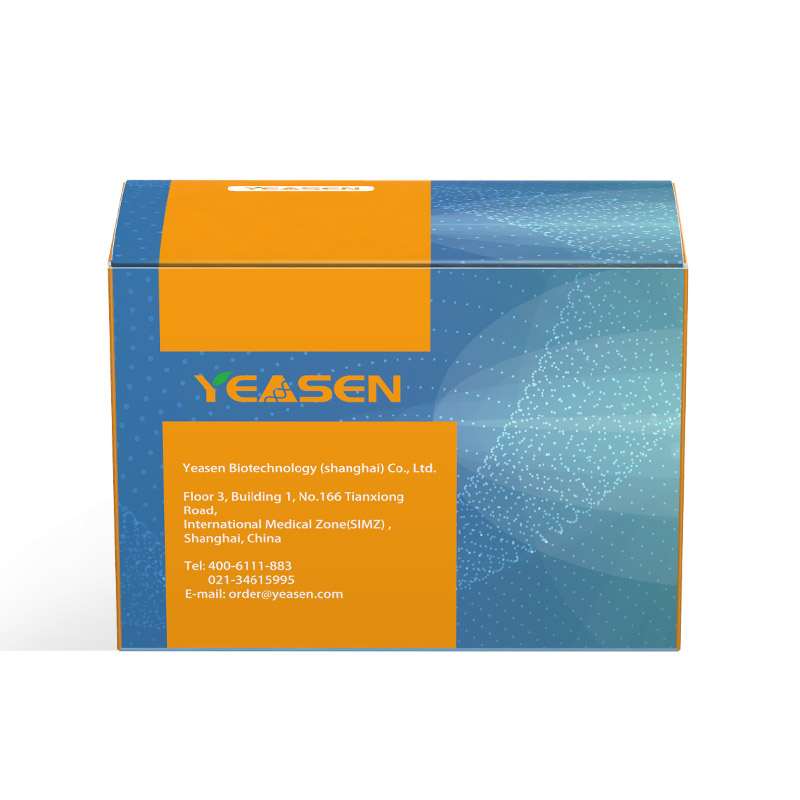Concanavalin A-Coated Magnetic Beads
Product description
Concanavalin A (ConA) beads are superparamagnetic polymer microspheres that have been covalently coupled with Concanavalin A (a plant mannose/glucose-binding lectin isolated from the seeds of cereal plants)on their surface. These beads posessess several notable characteristics, including monodispersity and strong magnetic reactivity. When Ca2+ and Mg2+ ions are present, ConA magnetic beads can efficiently and rapidly separate and purify various biomolecules such as polysaccharides, glycoproteins, and glycolipids by utilizing the affinity between ConA globulin A and the terminal α-D-mannose and α-D-glucose groups.
ConA magnetic beads offer a convenient method to separate or fix cells, ensuring minimal cell loss during subsequent washing steps. Additionally, they can be employed for the collection and fixation of nuclei. Moreover, these beads find utility in innovative techniques such as CUT & Run and CUT & Tag, which are revolutionary approaches used in ChIP-seq experiments.
In summary, ConA magnetic beads are powerful tools for the efficient purification of biomolecules, convenient cell separation and fixation, collection of nuclei, and application in cutting-edge experimental techniques..
Specifications
|
Cat.No. |
19810ES01 / 19810ES03 / 19810ES08 / 19810ES20 |
|
Size |
200 μL /1 mL/5 mL/20 mL |
Characterastics
|
Characteristics |
Description |
|
Product content |
10 mg/mL magnetic beads in specific protective buffer |
|
Coupled protein |
Concanavalin A |
|
Capacity |
105cells/μL |
|
Beads size |
1 μm |
|
Magnetization |
Superparamagnetic |
|
Application |
Isolating cells or glycoproteins,CUT&RUN,CUT&Tag |
|
Storage buffer |
PBS (pH7.4), 0.01% Tween-20, 0.05% Proclin-300 |
Storage
This product should be stored at 2~8℃ for 2 years.
Instructions
The following operations take purification of glycoproteins or isolation of cells as an example,As for CUT&Tag experiments , see Yeasen Cat# 12598ES for protocol.
- Preparation of buffers
1)Customer-supplied
|
Buffer |
Components |
|
Binding buffer |
20 mM HEPES (pH7.5), 10 mM KCl, 1 mM CaCl2, 1 mM MnCl2 |
|
Wash buffer |
20 mM HEPES (pH7.5), 150 mM NaCl, 0.5 mM Spermidine, 1×Protease inhibitors cocktail |
|
Elution buffer |
5mM Tris (pH8.0), 150 mM NaCl, 1M Glucose |
- Required Materials Not Included:Magnetic Stand、Eppendorf tubes, PCR tubes, magnetic stands, thermocyclers etc.
- Equilibrate the Beads at room temperature for at least 30 min.Resuspend the beads thoroughly by vortexing or shaking the bottle.
- Sample handling( taking mammalian cells as an example )
- Prepare mammalian cells(1.0×10 4~1.0×10 5 cells), centrifuge (4℃,600×g, 3~5 min) and carefully discard the supernatant.
- Add 140 μL Binding buffer,mix well and resuspend the cells, centrifuge and collect (4℃,600×g, 3~5 min), carefully discard the supernatant.
- Add 90 μL Binding buffer,mix well and resuspend the cells.
Caution:Tightly adherent mammalian cells can be obtained by partial digestion using an enzyme like trypsin. For animal tissues, plant cells, or fungal cells, obtaining dispersed cells or protoplasts often requires special treatments tailored to their specific characteristics.
- Prepare ConA beads
- Gently pipette the ConA beads to fully suspension, place 10 μL of the beads suspension in a new 200 μL centrifuge tube.
- Add 40 μL Binding buffer, mix well and stand on the magnetic stand for 1 min and discard the supernatant after the magnetic beads adsorb to the side wall of the centrifuge tube.
- Add 10 μL Binding buffer, mix well and resuspend the ConA beads.
- Sample binding
- Add the prepared cell sample to the pretreated beads, gently pipette the resuspended beads, then incubate on an inverted mixer (room temperature 30 min or 4℃ overnight).
- Stand on a magnetic stand for 1 min, wait for the magnetic beads to adsorb to the side wall of the centrifuge tube, carefully discard the supernatant.
- Add 500 μL Elution buffer to the cell-ConA beads complex and Gently pipette to resuspend beads, then Stand on a magnetic stand for 1 min, wait for the magnetic beads to adsorb to the side wall of the centrifuge tube, carefully discard the supernatant.
- Repeat step 3) for three or four more times.
- Elution
- For glycoproteins, add 50~250 μL Elution buffer, gently pipette the resuspended beads, then incubate on an inverted mixer (room temperature for10~30 min). After inverted mix,stand on a magnetic stand for 1 min, colect the supernatant to a new 1.5 mL tube to step SDS-PAGE or Western blot.
- For cell, no need to elution.
Notes
- Equilibrate the ConA beads at room temperature before use.
- Avoid freezing, otherwise degradate of the bead material or loss of activity.
- ConA requires the presence of Ca2+ and Mn2+ ions to be active, so reagents containing EDTA, or other metal ion chelators should be avoided during the experiment.
- When incubated with cells, ConA beads may aggregate, which is normal and does not affect the normal use of magnetic beads.
- This product is for research use only.
- Please operate with lab coats and disposable gloves,for your safety.
Catalog No.:*
Name*
phone Number:*
Lot:*
Email*
Country:*
Company/Institute:*

